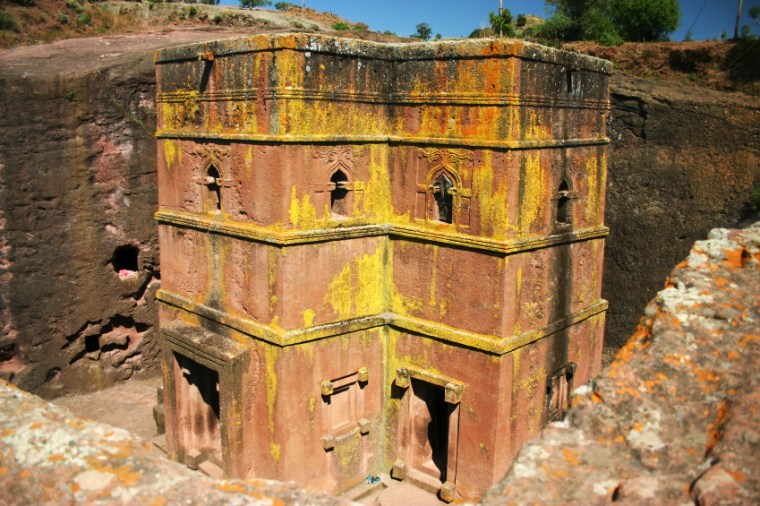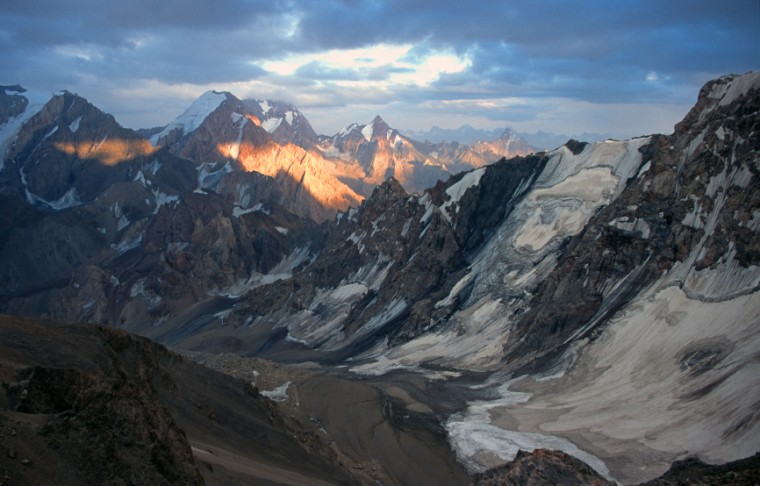Mid-afternoon, a picturesque hillside community in Latin America: Gaggles of happy schoolchildren in crisp white uniforms run through narrow, sun-dappled streets. The sound of their laughter mingles with the calls of colorfully uniformed ice cream vendors and the excited chatter of American tourists, who snap pictures of the state-of-the-art public transit system rolling silently overhead.
An outlying district of Santiago, Chile? Lima, Peru? Guess again. It’s a typical afternoon in the northeast district of Medellin, Colombia. Fifteen years ago, this was the most troubled neighborhood in the most troubled city in the most troubled nation on the continent. Northeast Medellin once belonged to cocaine mogul Pablo Escobar, and was infested with famously violent gangs that fed off the local trade.
As Colombians are all too happy to tell you, those days are over. Today’s Medellin reflects Colombia’s broader transformation over the last decade into a safe travel and business destination, one with sparkling Caribbean and Pacific coats, lush countryside, modern infrastructure and, yes, even safe cities.
But decades of bad press have taken their toll. For many would-be visitors, Colombia is still a no-go country. “When countries have conflict, violence or disorder in their past, there is often a gap between perception and reality even after the reality changes,” says Beatriz Daza, Colombia’s director of corporate tourism. “Colombia has higher economic growth than the Latin American average and less crime than Brazil, but people still have these associations from the dark days of the 1980s.”
Colombia is just one example of a country struggling to overcome a reputation for danger. Telling friends or family that you are traveling to Libya, Bosnia or any country ending in “-stan” is likely to result in expressions of concern for your safety. But, as with Colombia, these concerns are based on dusty mental files and stereotypes that are easier to employ than they are to combat.
Take Pakistan. Founded when the British Empire partitioned the subcontinent in 1947 (forming India, Pakistan and East Pakistan, which would become Bangladesh in 1976), this Islamic nation is technically one of the world's youngest countries. But its history and heritage go back thousands of years. Lahore, for instance, near the border with India in the east, was home to the Mughal empire, whose Shah Jahan built the Taj Mahal in the memory of his "favorite" wife, Mumtaz Mahal. The Mughals' influence can still be seen at the Badshahi Mosque, built by emperor Aurangzeb Alamgir; the Lahore Fort, which may date back nearly 1,000 years; and the Shalimar Gardens, also built by Shah Jahan. It's easy to avoid Pakistan's truly dangerous areas—the tumultuous tribal regions and the long western border with Afghanistan.
For much of the '90s, Bosnia & Herzegovina in the Balkans was shorthand for the worst violence in Europe since World War II. The name evoked images of refugees, snipers, mortar attacks and ethnic cleansing. But the fighting has been over for a long time, and the peace is now firmly secured by the presence of NATO troops and heavy doses of European aid. These days, Bosnia is best described not as a simmering conflict zone, but as one of the last undiscovered and most beautiful regions of the southern Alps—a haven for nature-lovers looking for some of Europe’s most pristine forests. The country’s “heart-shaped land” advertising campaign is an effort to transform Bosnia’s international image into a closer approximation of the current reality.

Likewise, the Libyan government is trying to convince travelers that their country is safe for tourists and open for business. The message is finally getting out. Tourism has been on the rise since Momar Qadafi opened up “The Land of Eternal Treasures” to Western tourists a few years ago. From adventure trips across Saharan dunes, to historical tours of the country’s rich archaeological heritage, Libya is now a legitimate and safe—if still edgy—vacation destination.
Another country trying to wage a public relations war is Ethiopia, the African nation best known for famine and civil war in the '80s. It doesn't help that its neighbors are Sudan, Kenya and Somalia—the trifecta of tribal unrest and instability. The Ethiopian government recently hired Brandhouse, a boutique advertising firm in New York City, to spiff up its identity. Initial efforts will focus on branding the country's coffee, but tourists are slowly discovering that the "Cradle of Mankind" is increasingly modern—and safe. Most itineraries start and end in the capital, Addis Ababa, and lean heavily toward archaeological attractions, including the 11 rock-hewn churches of King Lalibela, who ruled in the 12th century.
Dangerous, of course, is a relative term, and veering off the well-trampled path isn't for everyone. The U.S. State Department regularly posts travel advisories for Americans on its Web site, and it should be noted that several of the aforementioned countries are flagged with warnings. But as experienced travelers know, both good and bad reputations can become outdated very quickly. As fortune favors the bold, sometimes the most memorable destinations are ones contrary to conventional wisdom.
